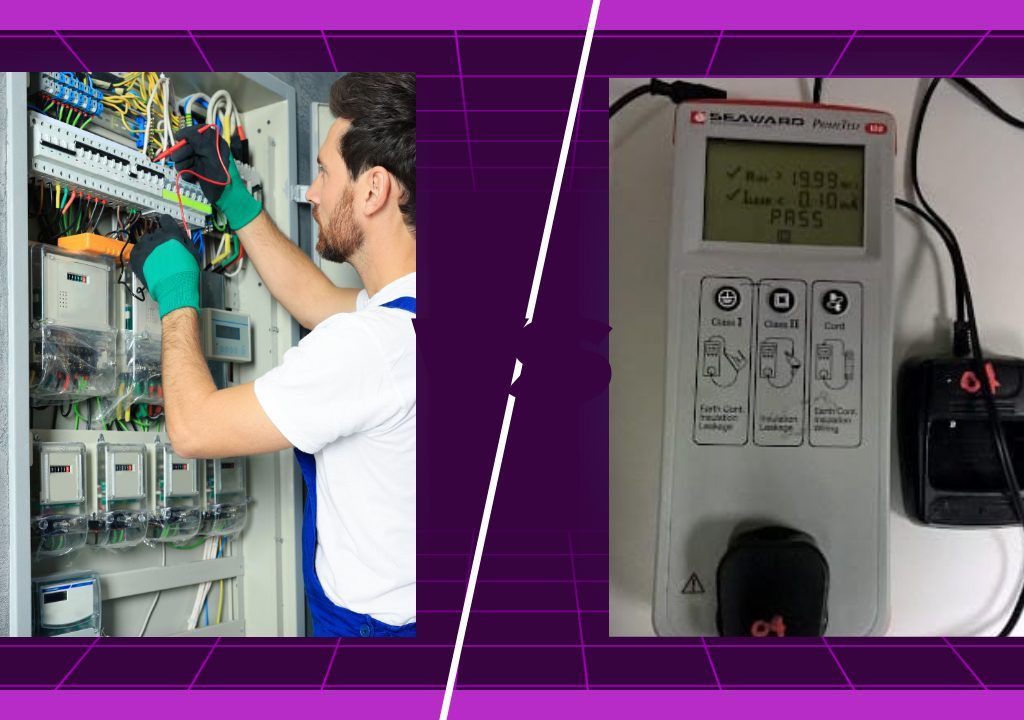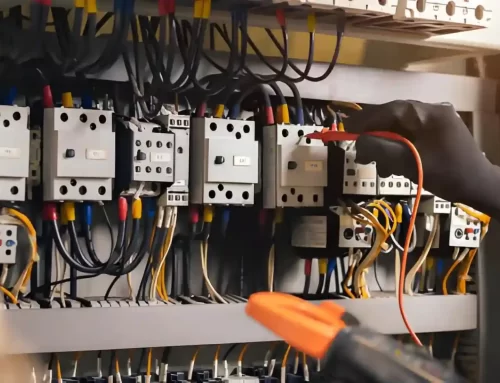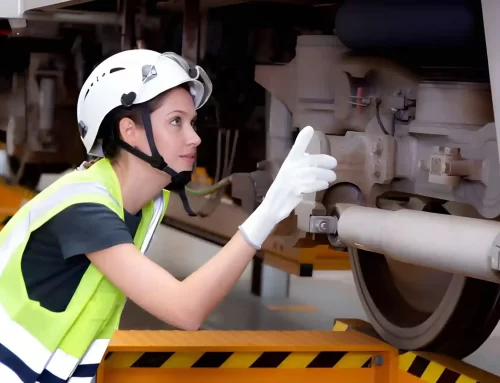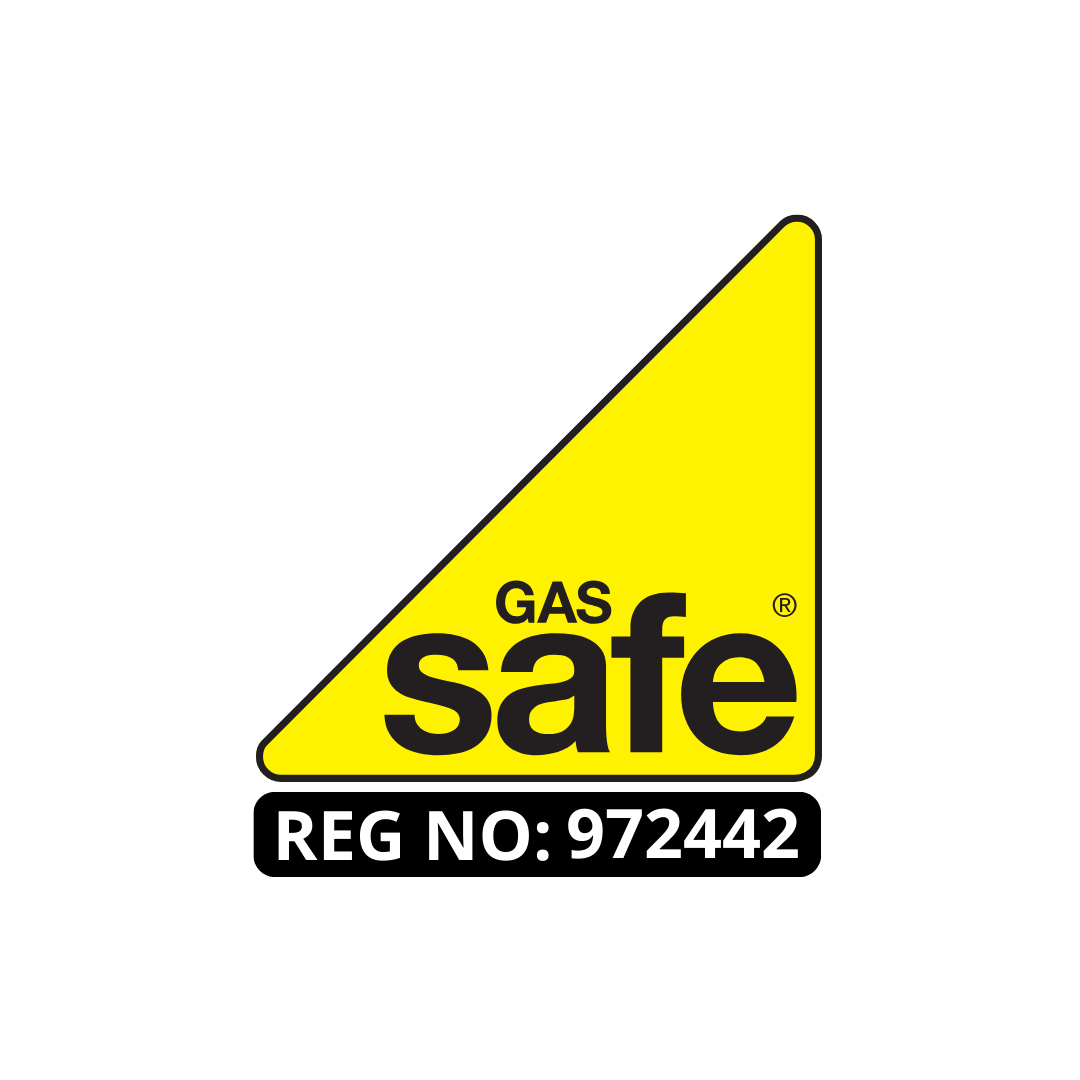
Embarking on the journey to explore what an EICR involves is akin to peeling back the layers of an intricate electrical puzzle. The meticulous process of conducting an Electrical Installation Condition Report unveils crucial insights into the safety and functionality of electrical systems.

With a focus on unraveling the mysteries behind this assessment, I aim to shed light on its vital role in safeguarding against potential hazards and guiding necessary repairs. Join me in uncovering the essence of EICR testing and its paramount importance in ensuring electrical safety.
Understanding the EICR Testing Procedure
When conducting an Electrical Installation Condition Report (EICR), I meticulously evaluate the electrical systems of a property to assess its safety and compliance with regulations. The EICR testing procedure involves a series of comprehensive steps to ensure the electrical installation is in optimal condition.
Initially, I conduct visual inspections to check the type of electrical system, earthing arrangements, protective bonding, and the suitability of protective devices. Subsequently, a series of tests are performed to confirm the continuity of protective conductors, the quality of circuit insulation, correct polarity, and the operation of protective devices like RCDs or RCBOs. These tests help assess the overall suitability of the circuit for its intended purpose.
The results obtained are then compared with the wiring regulations outlined in BS7671, with codes issued to indicate compliance levels: C1 (Danger Present), C2 (Potentially Dangerous), C3 (Improvement Recommended), and FI (Further Investigation Needed). This detailed process ensures that any potential risks or hazards are identified and appropriately addressed to maintain the safety and compliance of the electrical installation.
Purpose and Importance of EICR Testing

The evaluation and analysis of Electrical Installation Condition Reports (EICR) are crucial for ensuring the safety and compliance of electrical systems in various properties. EICR testing is essential to identify potential fire or shock hazards, ensuring the safety of occupants and compliance with regulations.
It’s imperative that these checks are conducted by competent electricians to guarantee that properties meet the necessary safety standards. EICR testing provides a formal document that highlights any electrical faults or dangers present, recommending improvements to enhance safety and prevent accidents.
The significance of EICR inspections extends to both domestic and commercial properties, with legal requirements mandating their completion at recommended frequencies. For landlords, EICR testing is particularly vital as it ensures the safety of rented properties and fulfills legal obligations. Therefore, the importance of EICR testing can’t be overstated, as it plays a critical role in maintaining electrical safety and preventing potential hazards.
EICR Testing Expectations and Findings
Conducting an EICR test involves a comprehensive evaluation of electrical systems to identify potential faults and hazards. During the testing process, various circuit and equipment checks are conducted to ensure compliance with safety standards. The evaluation aims to uncover any existing problems, such as faulty wiring, inadequate protective devices, or improper installations, that could pose risks to the safety of the property and its occupants.
Findings from the EICR test may reveal circuit or equipment issues that require immediate attention to rectify faults. These findings are classified using fault codes, such as C1 (Danger Present) or C2 (Potentially Dangerous), indicating the severity of the identified problems. Addressing these faults promptly is crucial to ensure safety compliance and prevent potential electrical hazards. Following the EICR fault codes for grading and taking necessary corrective actions post-inspection are vital steps in maintaining a safe electrical installation.
Comparing EICR and PAT Testing

Moving from the examination of EICR testing expectations and findings, the comparison between EICR and PAT testing reveals distinct yet complementary roles in ensuring electrical safety.
EICR, or Electrical Installation Condition Report, focuses on assessing the safety of fixed electrical installations within a property. It involves in-depth inspections, tests, and compliance checks to identify potential hazards and ensure adherence to safety standards outlined in BS7671.
On the other hand, Portable Appliance Testing (PAT) concentrates on inspecting the safety of portable electrical appliances. This process involves visual examinations and electrical testing to verify the integrity of appliances and prevent electrical hazards.
While EICR primarily addresses the safety of fixed installations like wiring and consumer units, PAT testing targets the safety of movable devices such as laptops and kettles.
Together, these tests provide a comprehensive approach to electrical safety, covering both fixed installations and portable equipment to mitigate potential risks effectively.
Duration and Factors Affecting EICR

Considering the complexity of electrical installations, the duration required for an Electrical Installation Condition Report (EICR) can vary significantly based on several key factors. Factors affecting the duration include the size and age of the property, the number of circuits present, and the availability of previous test results.
Larger installations generally take longer to inspect, with a large commercial premises requiring more time compared to a typical 2-bedroom house. Older wiring may necessitate a more thorough inspection process. Access to previous test results can streamline the testing process by reducing the extent of testing required.
For a standard 2-bedroom house, the EICR process typically takes between 2 to 3 hours to complete. It’s essential to consider these factors when scheduling an EICR to ensure adequate time is allocated for a thorough inspection and testing process.
Importance and Benefits of EICR

After understanding the duration factors affecting an EICR, it’s imperative to recognize the pivotal role the EICR plays in ensuring electrical safety and compliance within properties.
An Electrical Installation Condition Report (EICR) is crucial as it identifies potential hazards, defects, and helps prevent electrical fires and accidents. By conducting regular EICRs, compliance with wiring regulations is ensured, and necessary actions and improvements are recommended to enhance safety for occupants.
The EICR not only reduces the risk of electrical faults but also contributes to maintaining the value of the property. Additionally, it ensures legal compliance, providing peace of mind for property owners.
The frequency of EICRs, recommended every 5-10 years for domestic properties and every 5 years for rental and commercial properties, underscores the significance of these checks in safeguarding against electrical hazards.
Our Pricing
| Our Electrical Safety Certificate Prices |
|---|
| Studio Apartment £67.99 |
| 1 – 3 Bedroom £94.99 |
| 4 Bedroom £104.99 |
| 5 Bedroom £139.99 |
Check Out Our Other Services
| EICR | Commercial EICR | Emergency Light Certificate |
|---|---|---|
| Electrical Diagnostic | PAT Testing | Fuse Box Installation |
About the Author: LandlordCertificate
Related Posts
Get Social
Recent Posts
- The Role of Fire Alarm Installation in Building Safety
- How Often Should a Fire Risk Assessment Be Reviewed?
- What must landlords get right for Fire Risk Assessment London compliance?
- UK Gas Safety Regulations for Landlords & Tenants: Introduction to Gas Safety Certificates
- Check If Your Gas Engineer is Registered: London Gas Safety Certificate London













